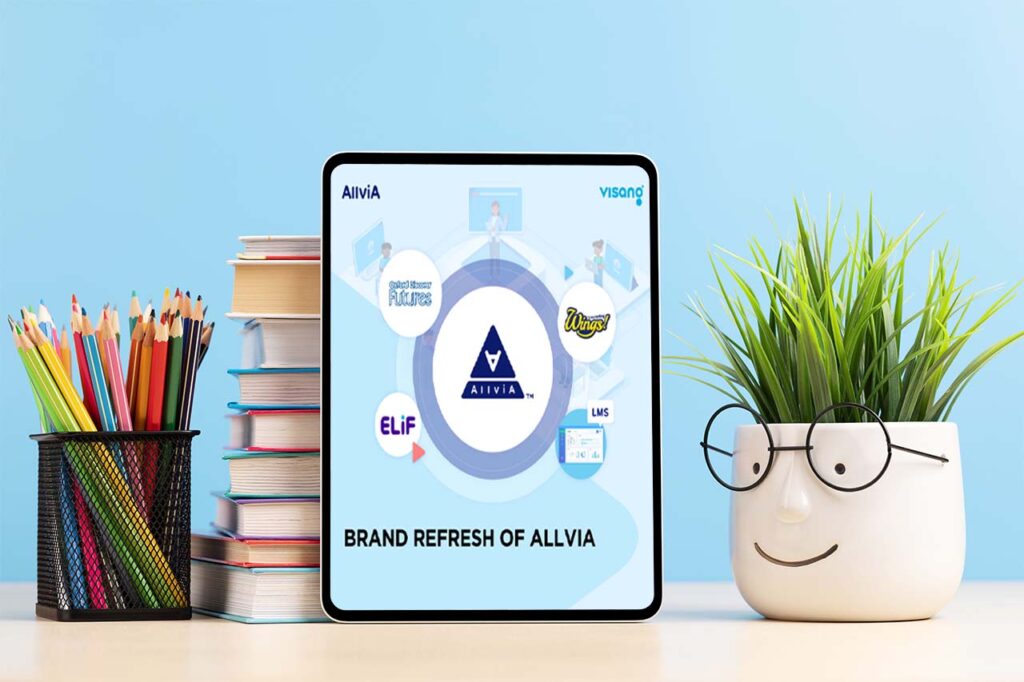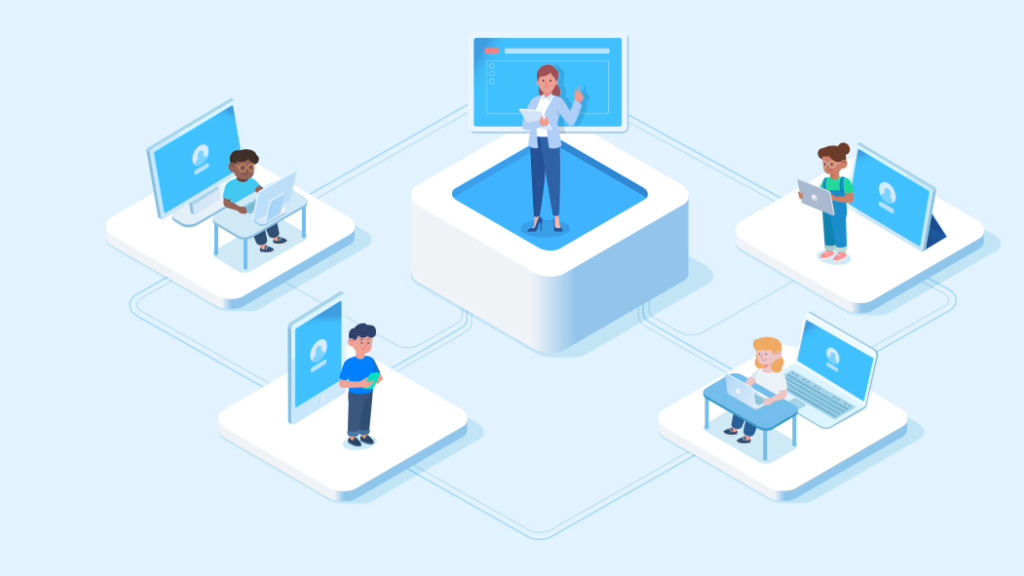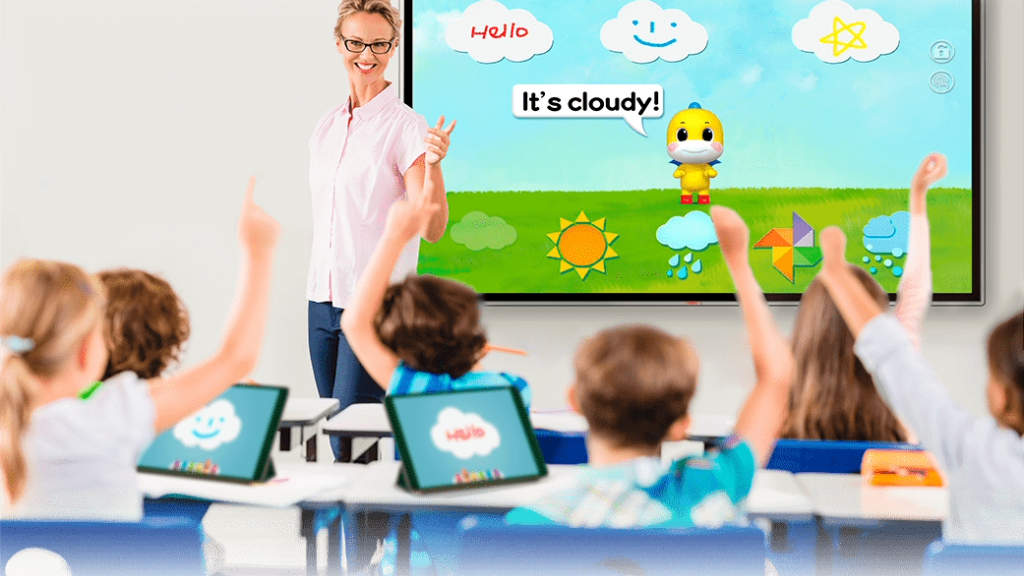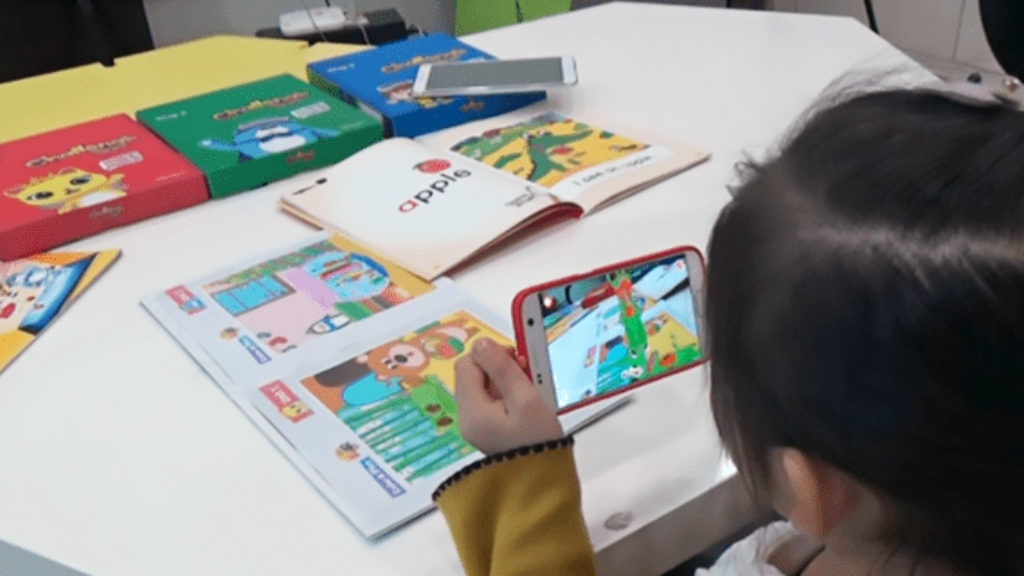Digital transformation is about transforming processes by using digital technologies in all areas of a business. In the context of this trend, there is a movement to rethink all aspects of modern business to meet the demands of the market.
Digital transformation in education can change traditional learning processes and methods. Education can be more personalized and interactive, and its effectiveness and access can be improved.
In this article, we explain why education needs digital transformation. We also discuss the impact of digital transformation trends on the EdTech marketplace and the education industry. Finally, we share insights from EdTech’s global company, AllviA, on digital transformation.

Why education needs a digital transformation
Digital transformation in education is not just a trend. In general, the reason for digital transformation in the corporate sector is that more customers have higher expectations of business transformation in the digital age.
From simplifying the purchasing process to improving delivery times and managing after-purchase, digital transformation is happening. It involves the collection and analysis of big data to develop and market new customer-centric products or services.
Also due to the impact of the COVID-19 pandemic, many people have started to digitize their core activities. In other words, the introduction of a digital state of mind throughout the enterprise gives it an advantage in the market economy.
So, why is digital transformation necessary in education?
- The emergence of online learning platforms and digital educational resources has increased the market demand for access to education.
- The importance of personalized learning through digital technologies has increased.
- Digital transformation makes it possible for digital technologies to enrich the learning experience.
- Digital platforms enable better communication and collaboration between students, teachers, and parents.
- As we embark on the digital economy, it is increasingly important for students to develop digital skills.
- Digital learning resources appear to be more cost-effective than traditional resources.
- Digital tools can connect students to the world, promote understanding of global issues, and help foster global citizenship.
The impact of digital transformation on the educational industry and EdTech.
For the reasons mentioned above, the education industry is embracing digital transformation and evolving into an EdTech enterprise. In this day and age, it is rare to find a traditional classroom that does not use technology. Find out how the education sector and EdTech businesses have embraced digital transformation and its impact.
Changes in teaching methods
Digital technologies have made personalized learning possible on a large scale. Using artificial intelligence and machine learning, the EdTech platform analyzes student performance and tailors educational content to specific needs, enabling a more effective learning experience.
Digital tools have also revolutionized communication and collaboration in education. Teachers and students can communicate virtually, no matter where they are. And that’s not all. They can share resources, such as learning materials, and work together on projects. Parents, too, can be more actively involved in their children’s learning process and keep up with classroom progress and student performance.
The keyword for digital transformation is therefore “accessibility.” It overcomes geographical barriers and makes high-quality education accessible to more people. It is estimated that more than 3.5 billion people have access to the Internet, and more than 5 billion people have some type of mobile device. Global connectivity has also noticeably improved access to education.
In comparison to traditional teaching tools, cost-effective EdTech solutions allow for more cost-effective lessons to be designed. Advanced digital content supports students and teachers with faster update speed and convenient UI /UX compared to the existing method.
Digital transformation also makes it possible to continue teaching in special circumstances. Even in the COVID-19 situation, continuity of teaching was ensured in classrooms equipped with digital infrastructure.
Implementation of a digital classroom
Thanks to technologies like virtual reality and augmented reality, EdTech creates immersive learning experiences. These technologies can put students in other environments, further improving indicators of understanding and engagement.
Educational strategies can be further refined using learning analytics and data-driven insights. This improves curriculum design and leads to improved learning outcomes. Data allows teachers to personalize the curriculum by identifying and intervening in areas where students are struggling.
The digital transformation in education allows students to become familiar with the use of digital devices from an early age. This gives them the essential digital skills for the modern working world.
The wave of digital transformation has created opportunities for many educational institutions and EdTech companies to expand their products. Online platforms provide more students with access to education, expanding the market and enabling EdTech companies to showcase more products.

2023 Digital transformation trends in education
Concepts like online learning are but a few of the impacts of digital technologies and advancements on classrooms and students. The objective of digital transformation is far greater than that. Below are the trends in the digital transformation in education that you should monitor in 2023.
Cloud-based learning
Cloud technology has led to a digital Variables in education by enabling students and educators to connect from anywhere. Beyond the confines of the traditional classroom, learning is possible at home or even anywhere in the world.
Several emerging platforms are leveraging digital innovations to meet the needs of students and the education industry. EdTech solutions have emerged that not only make online classes exciting by streaming lectures but also provide comprehensive academic management tools. Students may submit homework, arrange lesson plans, or collaborate in a digital space. Some solutions also use collaboration tools such as Zoom or Google Meet to foster collaboration among students.
Making cloud-based learning more widely available extends access to education. It is also helpful for students who require a more flexible curriculum or for educational institutions that offer optional programs.
Digital security and citizenship
As technology becomes an integral part of students’ and teachers’ daily lives and academic training, security has become another important trend in the digital education revolution.
Secure protocols that allow schools to record, store and transmit sensitive student data are key to their digital transformation strategy. In addition, classrooms should ensure they have the means to allow students to submit assignments digitally and verify the authenticity of users. That way, students can securely take exams and other assessments digitally, freeing them from devastating security issues for individuals and institutions.
Students also need to know how to interact politely with each other online. The digital transformation will impact students’ entire lives in many ways. That’s why the principles of good digital citizenship are taught in classrooms.
Big Data
Schools have been collecting a lot of information on their students for a long time. Big Data enables us to understand this information better and to use it to better understand student trends. The future will demand technological capabilities to track larger amounts of data and interpret them with algorithms to find trends and ideas.
Thanks to the Big Data capabilities introduced through digital transformation, schools, and classrooms will be able to retrieve useful information, such as:
- Opportunity to find where students are experiencing difficulties or where they are especially excellent in their educational process. Features or patterns found in specific areas can be used to improve the learning experience.
- Tracking larger trends in student populations, including student performance and occupational outcomes. Depending on demographic characteristics and consumer needs, preferences for a subject or field may vary. Based on this information, it is possible to improve the educational resources we offer.
- By examining student responses to different types of information delivery and teaching styles, it is possible to promote student engagement and understanding.
The EdTech solution leading the digital transformation in education
Schools and classrooms at all levels can adopt more digital Variables strategies to teach students. One of them is to keep up with the latest trends and changes in digital transformation by partnering with trusted EdTech companies. AllviA is a global EdTech company that uses its expertise in educating children and students around the world to drive digital transformation in the classroom.
The digital transformation in education aims to make learning more engaging, accessible, and tailored to learners’ needs. For this purpose, AllviA introduces the ICS (Interactive Class System) to create an educational environment in which interaction takes place between students and teachers, and between students. With AllviA’s EdTech solutions, you can enhance student learning outcomes by integrating technology into the classroom and optimizing teaching programs. If you are interested in integrating digital transformation into your traditional classroom, AllviA can help.







